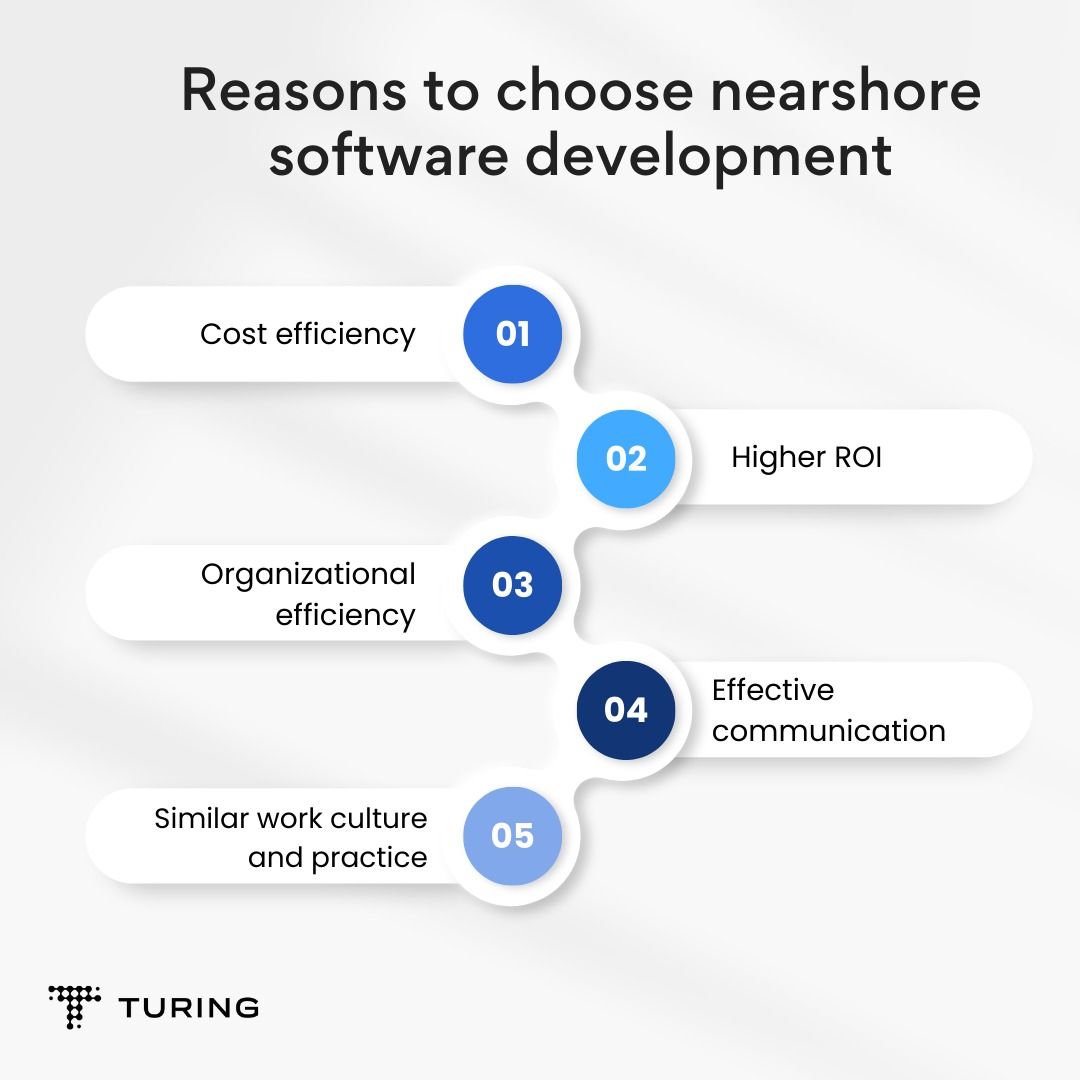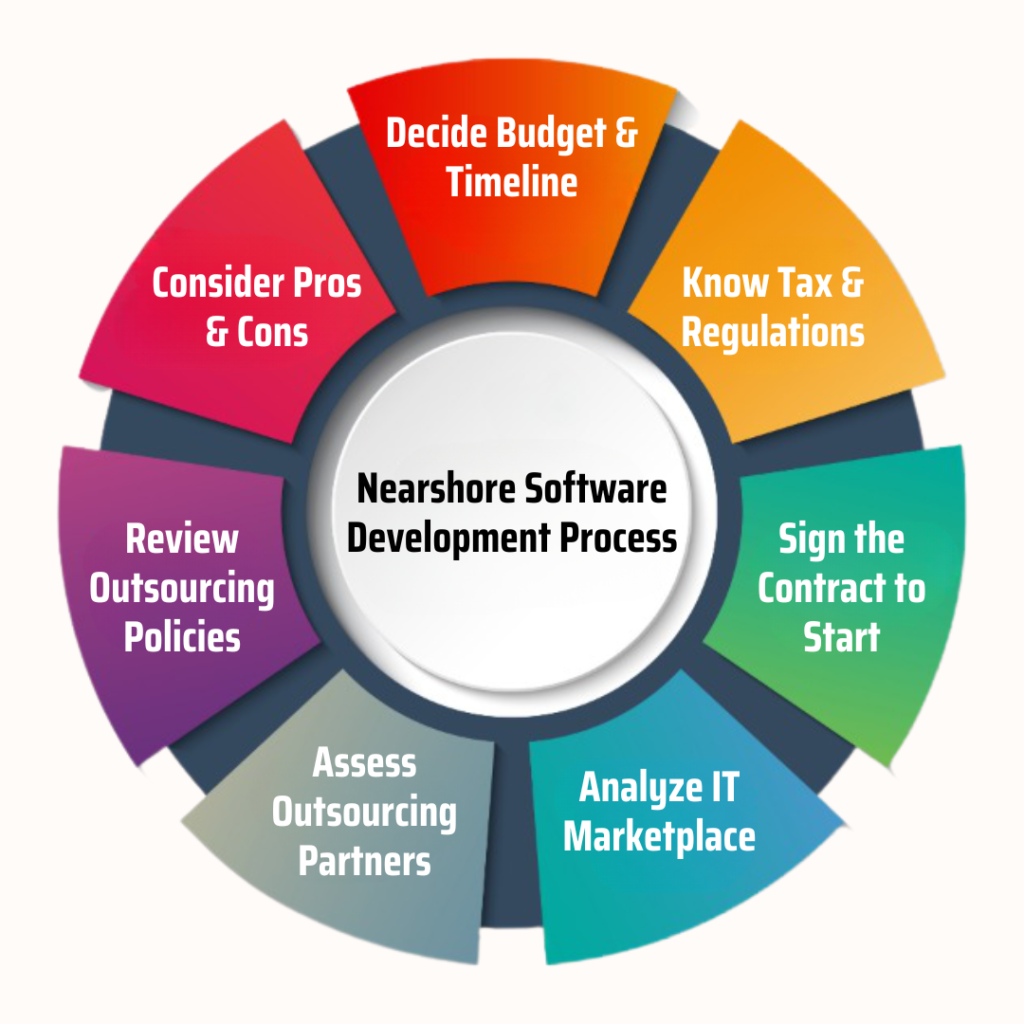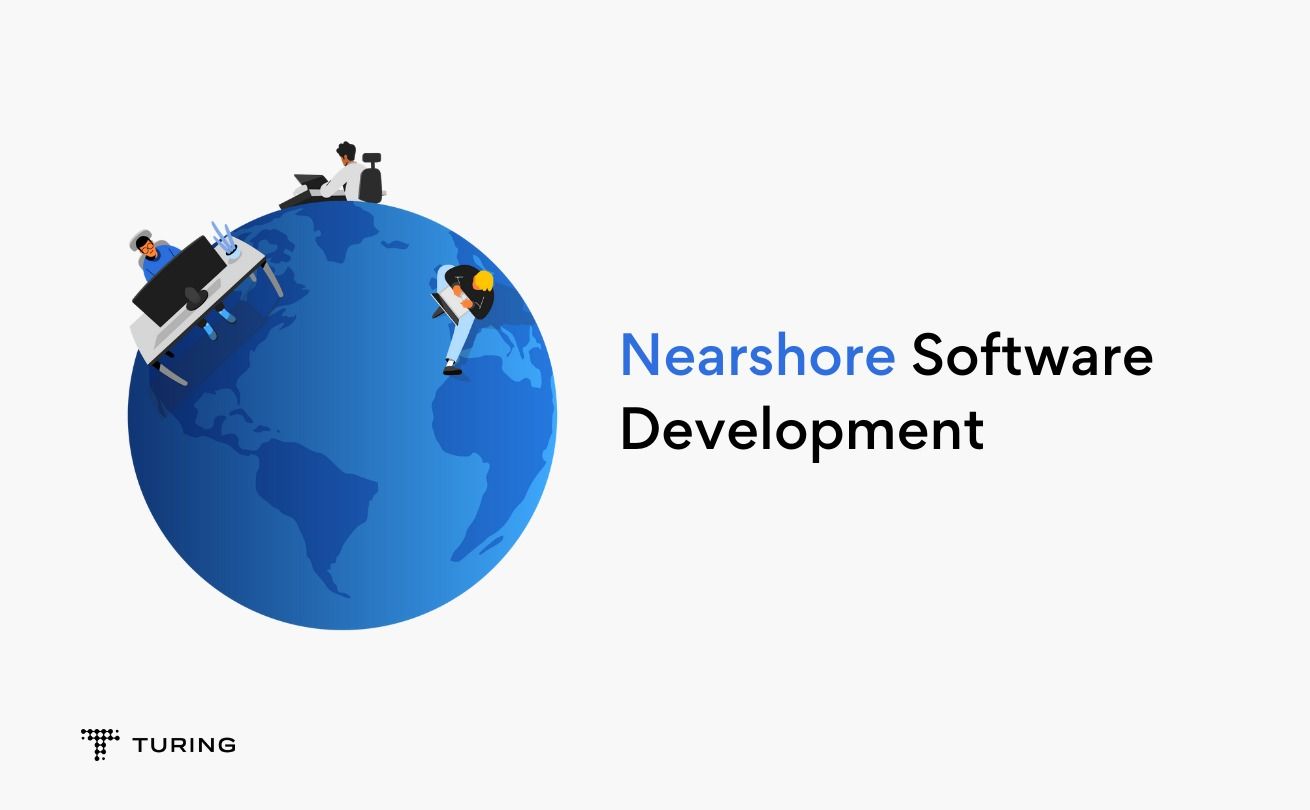Nearshore software development service sets the stage for this enthralling narrative, offering readers a glimpse into a story that is rich in detail and brimming with originality from the outset. This service opens up opportunities for businesses to collaborate globally, fostering innovation and efficiency in software development processes.
Definition of Nearshore Software Development Service
Nearshore software development service involves outsourcing software development tasks to a company located in a nearby country with a similar time zone. This model allows for better communication, collaboration, and cultural alignment compared to offshore outsourcing.
Benefits of Nearshore Software Development
- Proximity: Nearshore teams are located in neighboring countries, making it easier to travel for meetings and ensuring better alignment in terms of culture and language.
- Time Zone Compatibility: Nearshore teams usually work in a similar time zone, allowing for real-time collaboration and faster response times.
- Cost-Effectiveness: While nearshore services may be more expensive than offshore options, they are generally more affordable than onshore services, striking a balance between quality and cost.
- Talent Pool: Nearshore locations often have a diverse talent pool with skilled professionals, providing access to a larger pool of resources for software development projects.
Nearshore vs. Offshore and Onshore Models
- Nearshore: Provides a balance between cost-effectiveness, proximity, and cultural alignment, making it a preferred choice for companies looking for a collaborative outsourcing model.
- Offshore: Involves outsourcing software development to a company located in a different time zone, often resulting in communication challenges and longer response times. However, offshore services are usually more cost-effective compared to onshore options.
- Onshore: Refers to outsourcing software development tasks to a company within the same country. While onshore services offer better communication and collaboration, they are often more expensive than nearshore and offshore options.
Factors to Consider when Choosing a Nearshore Software Development Service Provider

When selecting a nearshore software development service provider, there are several key factors to consider to ensure a successful partnership. Factors such as geographical proximity, cultural alignment, language proficiency, and time zone compatibility play a crucial role in the decision-making process.
Geographical Proximity, Nearshore software development service
Geographical proximity is essential when choosing a nearshore software development service provider as it can facilitate better communication, travel options for site visits, and potential overlap in business hours for real-time collaboration.
Cultural Alignment
Cultural alignment is another critical factor to consider as it influences how teams work together, communicate, and understand each other’s perspectives. Ensuring cultural compatibility can lead to smoother project execution and a more cohesive working relationship.
Language Proficiency
Language proficiency is vital to effective communication within a nearshore software development team. It is essential to choose a provider whose team members are proficient in the language(s) required for seamless collaboration and understanding of project requirements.
Comparison of Nearshore Destinations
Different nearshore destinations offer unique advantages and challenges for software development. For example, countries in Latin America may have a strong cultural affinity with the United States, while Eastern European countries may offer a highly skilled workforce at competitive rates. It is crucial to evaluate these factors based on your specific project needs.
Importance of Time Zone Compatibility
Time zone compatibility is a significant consideration in nearshore software development, as it can impact the efficiency of communication and project progress. Choosing a provider with a time zone that aligns with your working hours can help minimize delays and streamline collaboration.
Best Practices for Managing a Nearshore Software Development Team

Effective management of a nearshore software development team is crucial for the success of any project. Here are some best practices to consider:
Strategies for Effective Communication
Effective communication is key when working with a nearshore team. Consider the following strategies:
- Utilize video conferencing tools for face-to-face communication and team meetings.
- Establish regular communication schedules to ensure everyone is on the same page.
- Use collaboration platforms like Slack or Microsoft Teams for real-time messaging and sharing of files.
- Encourage open and transparent communication to address any issues or concerns promptly.
Tools and Technologies for Collaboration
Collaboration tools play a vital role in managing a nearshore software development team. Some tools to consider include:
- Version control systems like Git for managing code changes and updates.
- Project management tools such as Jira or Trello for tracking tasks and milestones.
- Screen sharing tools like Zoom or TeamViewer for remote pair programming and code reviews.
- Virtual whiteboarding tools for brainstorming and visual collaboration.
Tips for Overcoming Language and Cultural Barriers
Working with a nearshore team may involve language and cultural differences. Here are some tips to overcome these barriers:
- Provide language training or translation services to ensure clear communication among team members.
- Respect cultural differences and be open to learning about your team members’ backgrounds and traditions.
- Establish cultural awareness sessions to promote understanding and collaboration among team members.
- Encourage team-building activities to foster a sense of unity and camaraderie despite the distance.
Case Studies: Successful Implementation of Nearshore Software Development Services
Implementing nearshore software development services can have a significant impact on project timelines and costs for companies. Let’s explore some real-world examples of successful implementation and the challenges faced during the process.
Company A: Streamlining Development Processes
Company A decided to leverage nearshore software development services to streamline their development processes and reduce costs. By outsourcing some of their software development tasks to a nearshore team, they were able to accelerate project timelines and improve overall efficiency.
- Impact on Project Timelines: By working with a nearshore team in a similar time zone, Company A was able to collaborate more effectively and reduce communication delays. This led to faster development cycles and quicker delivery of software solutions.
- Impact on Costs: Outsourcing to a nearshore team helped Company A reduce their overall development costs without compromising on quality. The lower labor costs in the nearshore location allowed them to achieve cost savings while maintaining high standards.
- Challenges Faced: One challenge Company A encountered was cultural differences and language barriers between their in-house team and the nearshore developers. To overcome this, they implemented regular communication strategies and cultural training sessions to ensure effective collaboration.
Company B: Enhancing Product Innovation
Company B sought to enhance their product innovation by partnering with a nearshore software development team to bring fresh perspectives and expertise to their projects.
- Impact on Project Timelines: The collaboration with a nearshore team enabled Company B to accelerate their product development timelines by leveraging the specialized skills and experience of the external team. This helped them stay ahead of competitors in the market.
- Impact on Costs: By outsourcing certain development tasks to a nearshore location with lower labor costs, Company B was able to optimize their budget allocation and maximize the value of their investments in software development.
- Challenges Faced: Company B faced challenges related to time zone differences and project alignment. To address this, they established overlapping work hours and regular status update meetings to ensure that both teams were aligned on project goals and milestones.
Final Conclusion

In conclusion, nearshore software development service emerges as a strategic choice for companies seeking to enhance their development capabilities. By leveraging nearshore teams effectively, businesses can achieve cost-efficiency, improved communication, and successful project outcomes.
Common Queries
What are the key benefits of nearshore software development service?
Nearshore software development offers advantages such as cultural alignment, reduced language barriers, and better time zone compatibility compared to other outsourcing models.
How can companies ensure effective communication with a nearshore team?
Companies can utilize communication tools like video conferencing, project management software, and establish regular meetings to ensure effective collaboration with a nearshore team.
What challenges might companies face when implementing nearshore software development services?
Challenges may include overcoming language and cultural barriers, ensuring seamless integration with the existing team, and managing different time zones efficiently.
